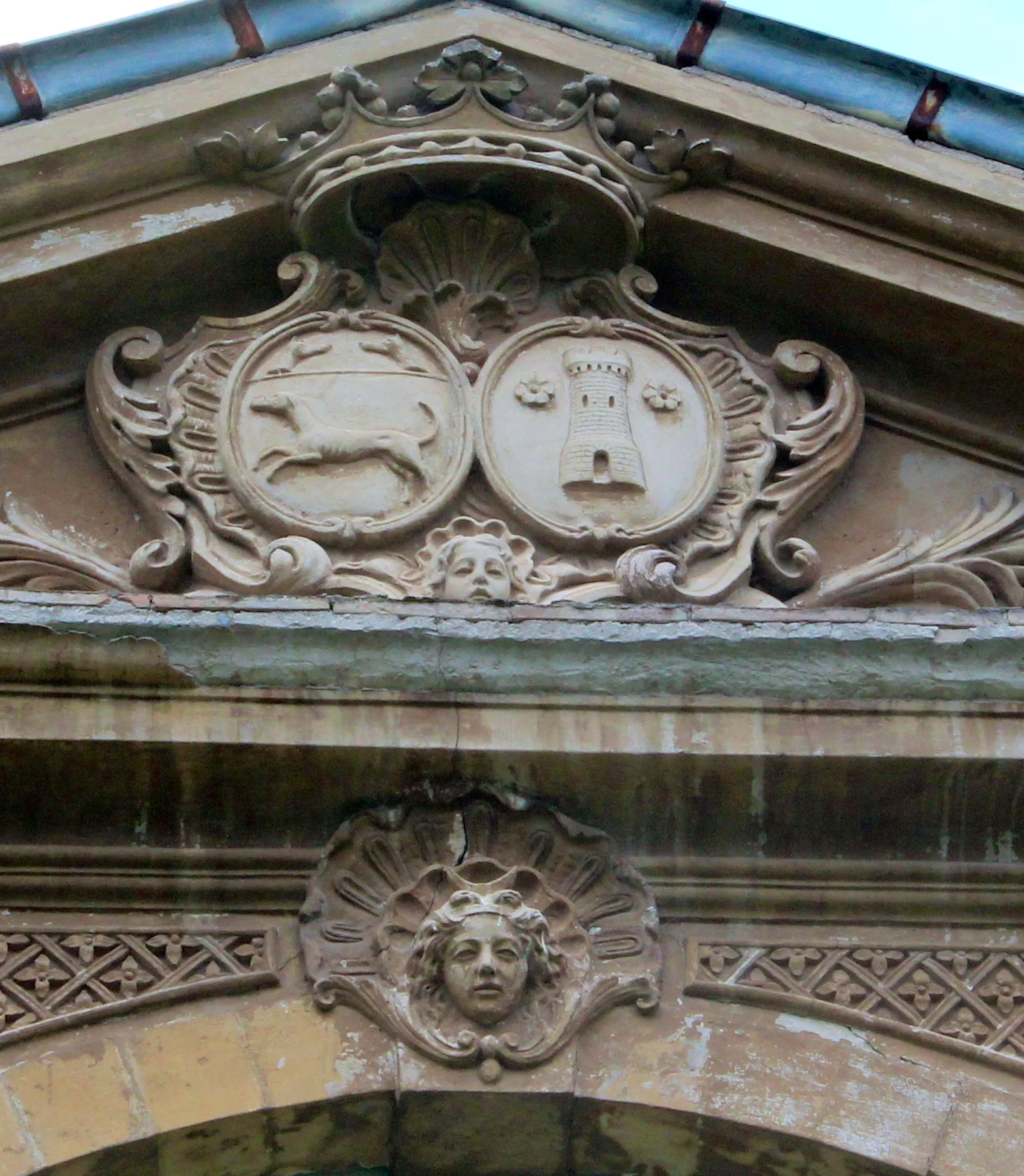the HISTORY OF CHÂTEAU DE GUDANES
The de Sales family, ancient, wealthy and influential, were well-respected, important members of the Toulouse Parliament, sitting on committees, writing laws under the king's orders, and making judgements. Louis Gaspard de Sales, Marquis de Gudanes, was one of the wealthiest noblemen of the county of Foix, hence his nickname, "Le Roi des Pyrénées". It is probable that when Louis-Gaspard decided to build Château de Gudanes, around 1745, he had just inherited the title and lands of the vast baronnie de Gudanes, after the death of his father.
At the same time, the iron forges were booming, and along with an influential position at the Parlement de Toulouse, it is no wonder that Louis Gaspard was in a position to employ Parisien architect Gabriel (also responsible for La Petit Trianon at Versailles and Place de la Concorde) to design Château de Gudanes in the latest fashionable style.
Château de Gudanes was built on the site of an earlier fortress, dating back to the 13th century, which also belonged to the influential Marquis de Sales. However, the previous castle was largely degraded in 1580, during the wars of religion. Despite this, drawings from 1669 show it still with a stronghold, towers and corner turrets.
With no surviving sons, and upon the death of his only daughter, Marie Thérèse Josephe, Louis Gaspard gave all his assets to his son-in-law, Louis Guillaume de Mengaud, Baron of Lahage. Baron de la Hage was another eminent member of the Toulouse aristocracy. He was one of the "Présidents à mortier”, also of the Toulouse Parliament. This was one of the highest legal positions of the Ancien Régime.
In return for the transfer of assets, de Mengaud had to choose one of his own children to be given the name de Sales, as well as the de Sales coat of arms, and the descendants of this child were to carry the de Sales name.
However trouble was brewing in France, and the Revolution broke out in 1789. The Church and aristocracy lost their privileges, and their property was confiscated. In 1793 Louis XVI and Marie Antoinette were executed and the Reign of Terror began. The Toulouse Parliament was abolished and Louis Guillaume de Mengaud was one of the first to be arrested, due to his prominent position. He died before he could be tried in court. However, his assets were confiscated at the nation's profit, as though he had been found guilty. Just 50 years after being (re)built, Château de Gudanes was no longer in the hands of the de Sales family.
The end of the Ancien Régime signalled the rise of a new, wealthy middle class. Pierre Astrié, from the neighbouring town of Ax, was part of this, "la bourgeoisie". He came from a family of Maitres-forgeurs, however unlike the de Sales family, they were not titled aristocrats. After the revolution, Church and some private property belonging to noble families was sold off as a "Bien Public”. Pierre Astrié, a prosperous businessman whose fortunes would have been rising thanks to the new democracy, seems to have jumped at this opportunity.
When Napoleon Bonaparte abdicated after the first empire, and the French monarchy was temporarily restored, 2128 families were ennobled (granted honorific aristocratic titles) between 1815 and 1848. The Astrié family were ennobled in 1824, and officially became the d'Astrié de Gudanes family. By 1811, Jérome-Stanislas d'Astrié (de Gudanes), Pierre’s son, was living at Château de Gudanes.
Although life for the wealthy maitre-forgeurs was full of comfort and pleasure during this time, lower down the social scale it was a different story. New laws meant that local people no longer had the right to use the forest resources freely (to collect firewood, make charcoal and graze their animals.). This lead to the "war of the Demoiselles" - in reality men who were masked, sometimes disguised as women, protesting against the wealthy landowners. In the summer of 1830, Les Demoiselles targeted Gudanes, and the Château was pillaged on August 7th and 10th.
Jérome-Stanislas died in 1843 and this was probably when his eldest daughter, Charlotte, and her politician husband, Charles Jean de Limairac, took over Château de Gudanes.
Upon their inheritance the Château underwent several changes. To mark their ownership, their family crests were placed over the front entrance (where the de Sales crests probably were previously, as these are beneath the Coronet of a Marquis).
The crests you see above the main entrance today include:
On the left, the de Limairac crest: Azur, rearing greyhound of silver, and a golden top band, filled with two horses' heads facing each other in sable.
On the right, the d'Astrié crest: Azure, a silver tower accosted by two golden roses.
It was probably also at this time, that new wrought iron balconies were made, containing the monogramme of Charlotte d'Astrié de Limairac with the intertwined C, A and L.
Charlotte d'Astrié de Limairac died in 1871, and Adolphe de Limairac, the eldest son, inherited Gudanes. He would have been the one who instigated the renovations recorded as having taken place between 1870-75.
Adolphe died relatively young, in 1884, aged only 50. He died at Château de Gudanes. He and his wife had no children, so the estate passed into the hands of his sister and only surviving sibling, Marie Baudon de Mony. Marie, is recorded as having died at Château de Gudanes, in 1922.
Marie had two sons: Charles, born in 1862, and Xavier, born in 1865. We presume it was her children, and grandchildren, who lived in the Château during World War II.
Later, in the 1970s and 80s the Château was used as housing for children's camps during the holidays. Then, in 1989, the Château was purchased by a Syndicate, with a plan to transform the remains of the Château into a luxury hotel, containing 17 apartments. However, after the Château was classified as a historic monument by the Ministry of Culture and Communication in June 1994, they were faced with many restrictions and were unable to obtain planning permission. Over time, unresolved dispute meant that the Château fell into disrepair - the roof collapsed in four places resulting in extensive water damage, mould and destruction. The majority of the interior was rubble, and was completely inaccessible, bar three rooms, due to the result of ceiling, wall and floor collapse.
In 2013, the estate was purchased by an Australian family and since then the property has undergone a full restoration.




